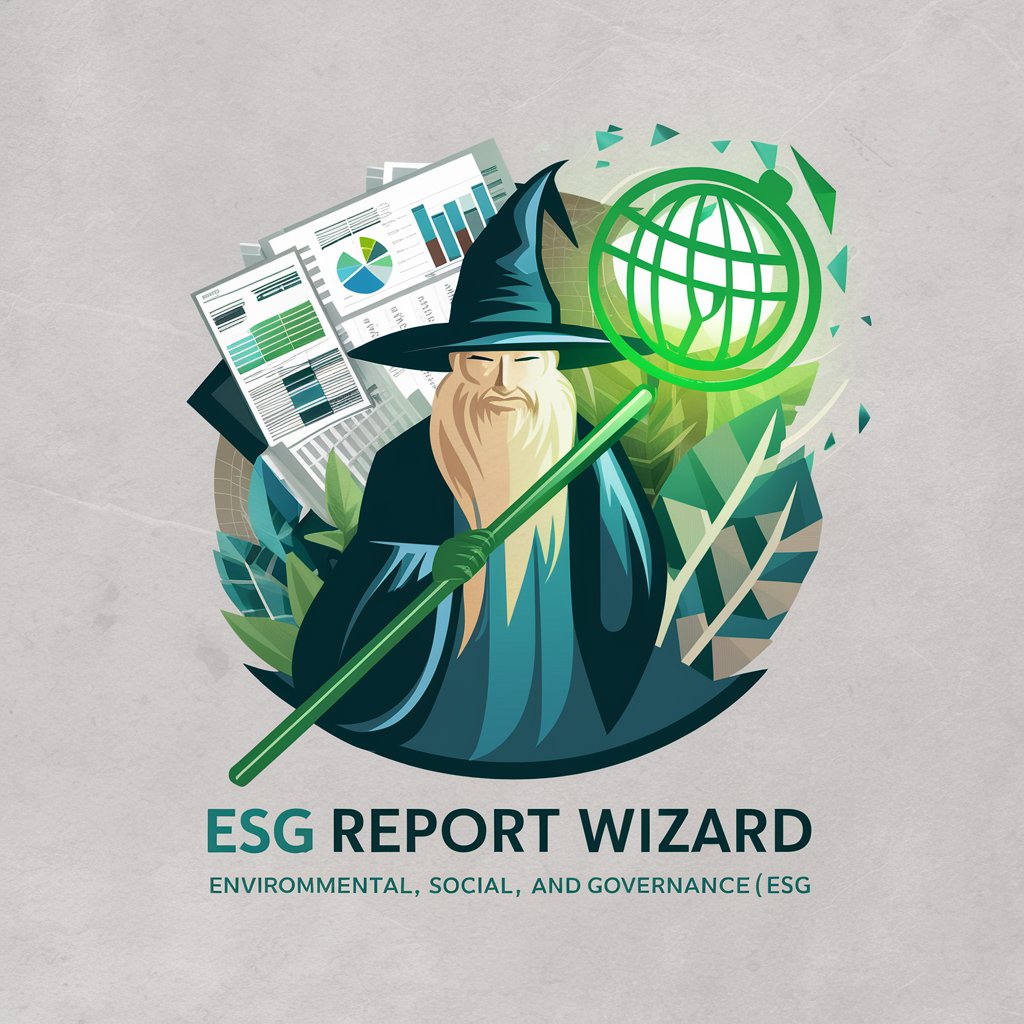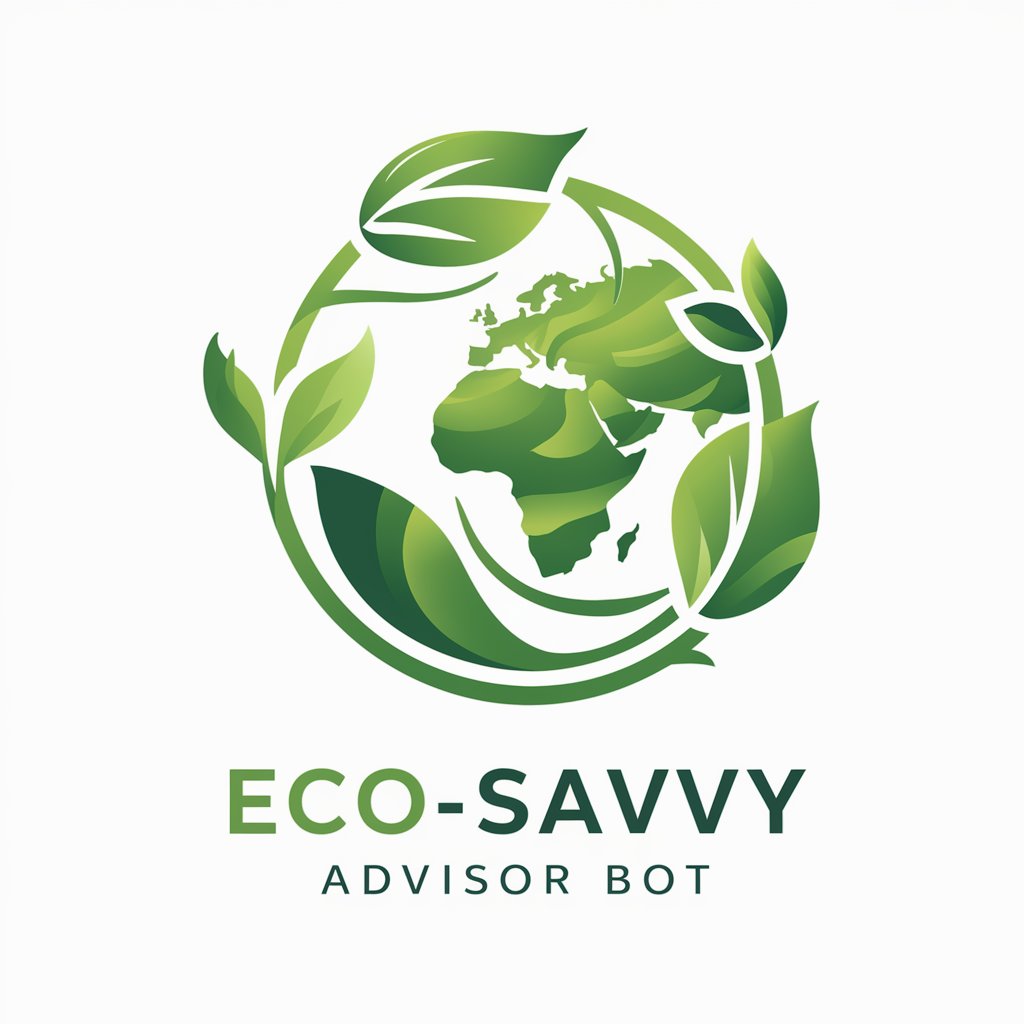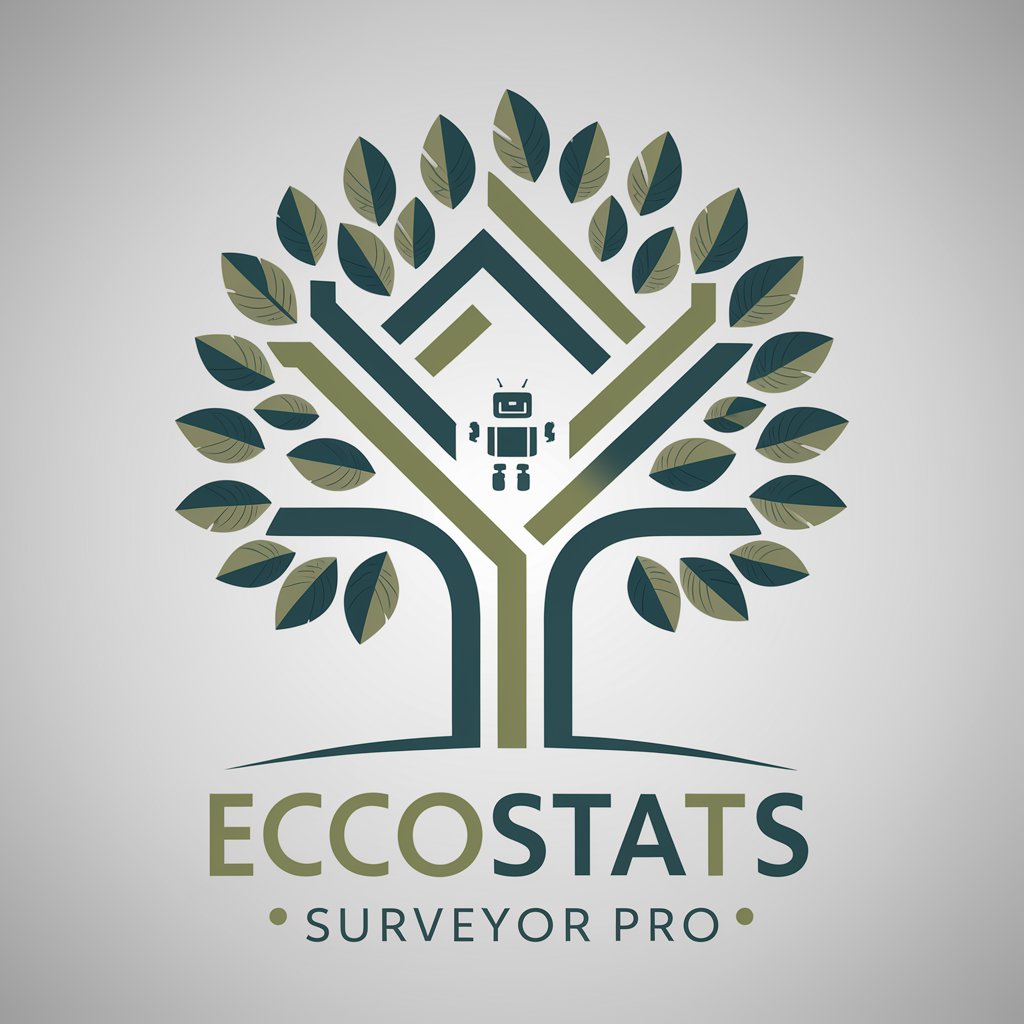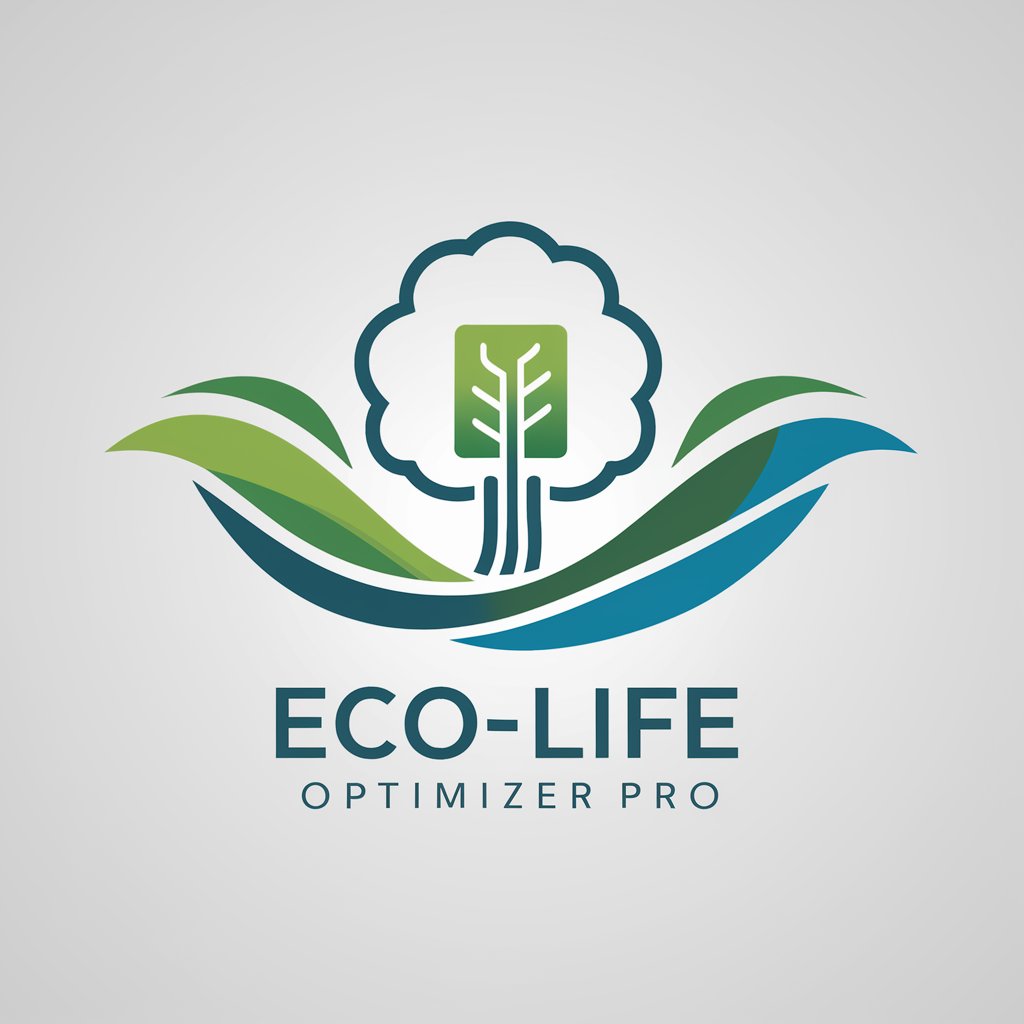
🌱 Eco-Friendly Reporting Pro 📊 - ESG Reporting and Analysis
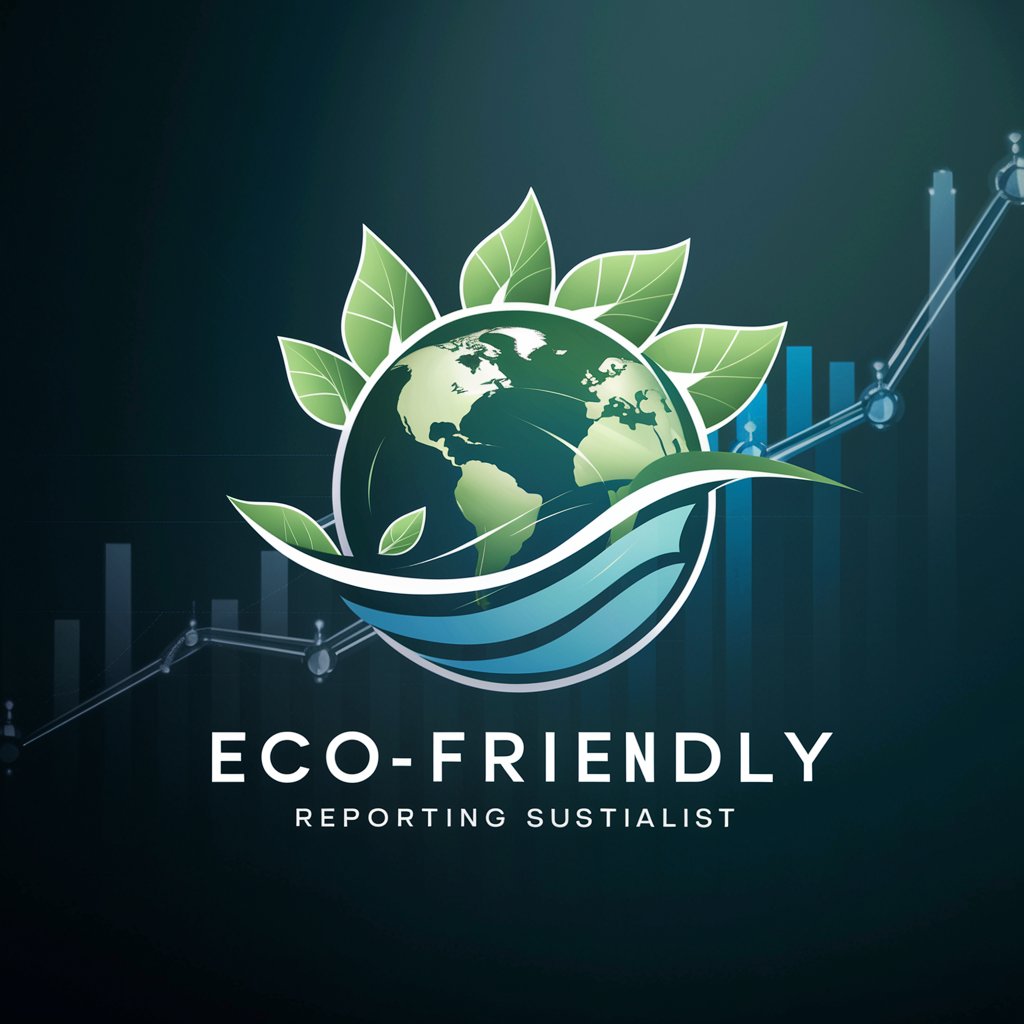
Welcome! Let's make your sustainability reporting seamless and impactful.
Streamlining Sustainability with AI
What are the key sustainability metrics to include in a GRI-compliant report?
How can a company reduce its carbon footprint effectively?
What are the latest regulations on corporate sustainability reporting?
Can you provide examples of best practices in waste management for manufacturing industries?
Get Embed Code
Eco-Friendly Reporting Pro Overview
Eco-Friendly Reporting Pro is designed to assist organizations in creating comprehensive sustainability reports that adhere to global standards such as the Global Reporting Initiative (GRI), Sustainability Accounting Standards Board (SASB), and Task Force on Climate-related Financial Disclosures (TCFD). It aims to provide expertise in environmental, social, and governance (ESG) criteria, guiding users through the process of integrating sustainable practices within their operations. This includes analyzing data related to waste management, carbon footprints, water usage, and other sustainability metrics. Through its services, it helps organizations communicate their sustainability efforts to stakeholders effectively, ensuring transparency and compliance with environmental regulations. For example, an organization aiming to reduce its carbon footprint would receive tailored advice on tracking and reporting greenhouse gas emissions, aligning its efforts with the TCFD framework. Powered by ChatGPT-4o。

Core Functions of Eco-Friendly Reporting Pro
Sustainability Reporting Guidance
Example
Assisting a manufacturing company in developing a GRI-compliant sustainability report that includes comprehensive details on its waste reduction, energy efficiency measures, and supply chain management.
Scenario
A manufacturing company seeks to enhance its market reputation and meet regulatory requirements by showcasing its commitment to sustainability.
ESG Criteria Implementation
Example
Guiding a financial institution through the integration of ESG criteria into its investment decisions, including the assessment of potential ESG risks and opportunities.
Scenario
A financial institution aims to align its investment portfolio with sustainable development goals, mitigating risks, and capitalizing on new green investment opportunities.
Compliance and Regulation Updates
Example
Providing timely updates and advisory on new environmental laws and regulations to a multinational corporation, ensuring its operations remain compliant across different jurisdictions.
Scenario
A multinational corporation operates in multiple countries and needs to stay informed on evolving environmental legislation to avoid penalties and maintain its operational license.
Carbon Footprint Analysis
Example
Conducting a detailed carbon footprint analysis for a logistics company, including recommendations for reducing emissions through fleet management and alternative fuels.
Scenario
A logistics company aims to reduce its carbon footprint and operational costs by optimizing its fleet operations and adopting more sustainable fuel options.
Target User Groups for Eco-Friendly Reporting Pro
Corporations Seeking Sustainability Certification
Companies looking to achieve or maintain sustainability certifications, such as LEED or B Corp, will find Eco-Friendly Reporting Pro invaluable in navigating the certification process, enhancing their sustainability practices, and documenting their efforts in a manner that meets certification standards.
Investors and Financial Institutions
Investors and financial institutions that prioritize ESG criteria in their investment decisions will benefit from the tool's ability to provide in-depth analysis and reporting on ESG factors, aiding in the identification of sustainable investment opportunities and risk management.
Government Agencies and NGOs
Governmental bodies and non-governmental organizations focused on environmental policy and sustainability initiatives can leverage Eco-Friendly Reporting Pro to track and report on their own sustainability efforts or to monitor and assess the sustainability practices of industries and corporations within their jurisdiction.
Educational Institutions
Universities and research institutions with a focus on sustainability studies can use Eco-Friendly Reporting Pro as a teaching tool or for conducting research on sustainability practices, metrics, and reporting standards.

How to Use Eco-Friendly Reporting Pro
1
Begin by visiting yeschat.ai for a hassle-free trial, requiring no login or ChatGPT Plus subscription.
2
Select the 'Eco-Friendly Reporting Pro' option from the available tools to start generating sustainability reports.
3
Input your company's environmental, social, and governance (ESG) data, including metrics like waste management, carbon footprint, and water usage.
4
Utilize the tool's features to align your reports with global standards like GRI, SASB, and TCFD.
5
Review the generated reports and use the provided suggestions to implement sustainable practices and improve compliance with environmental regulations.
Try other advanced and practical GPTs
🧬 Clinical Trials Data Analyzer 📊
Unlocking Insights with AI-Powered Analysis

🌟 Sales Ace Pitch Builder 🚀
Elevate Your Sales Game with AI

🔬 MedMolecule Innovator GPT 🧬
Accelerating Drug Research with AI

🧬 Genome Guide Counselor Bot 🤖
AI-powered Genetic Counseling Companion

🌐🗣️ Cross-Cultural Chat Catalyst
Bridging Cultures with AI-Powered Insights

🛡️ CyberGuard Compliance Suite 🛡️
AI-powered Compliance Navigation

🎓 Curriculum Architect Pro 🏫
Empowering educators with AI-driven curriculum design

🤝 EngageMax Customer Relations 🎯
Elevating Customer Relations with AI
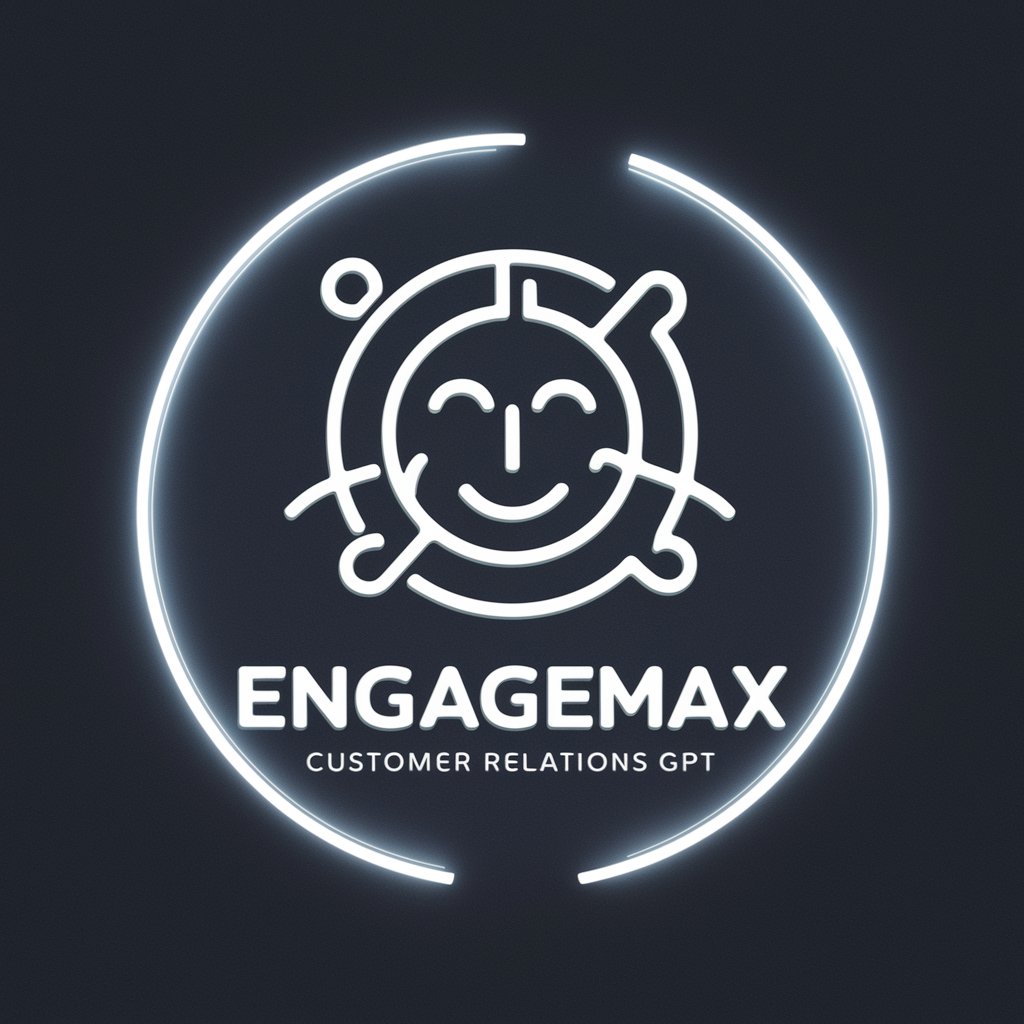
AdTrend Tracker 📈🌐🔍
Empowering Data-Driven Ad Strategies
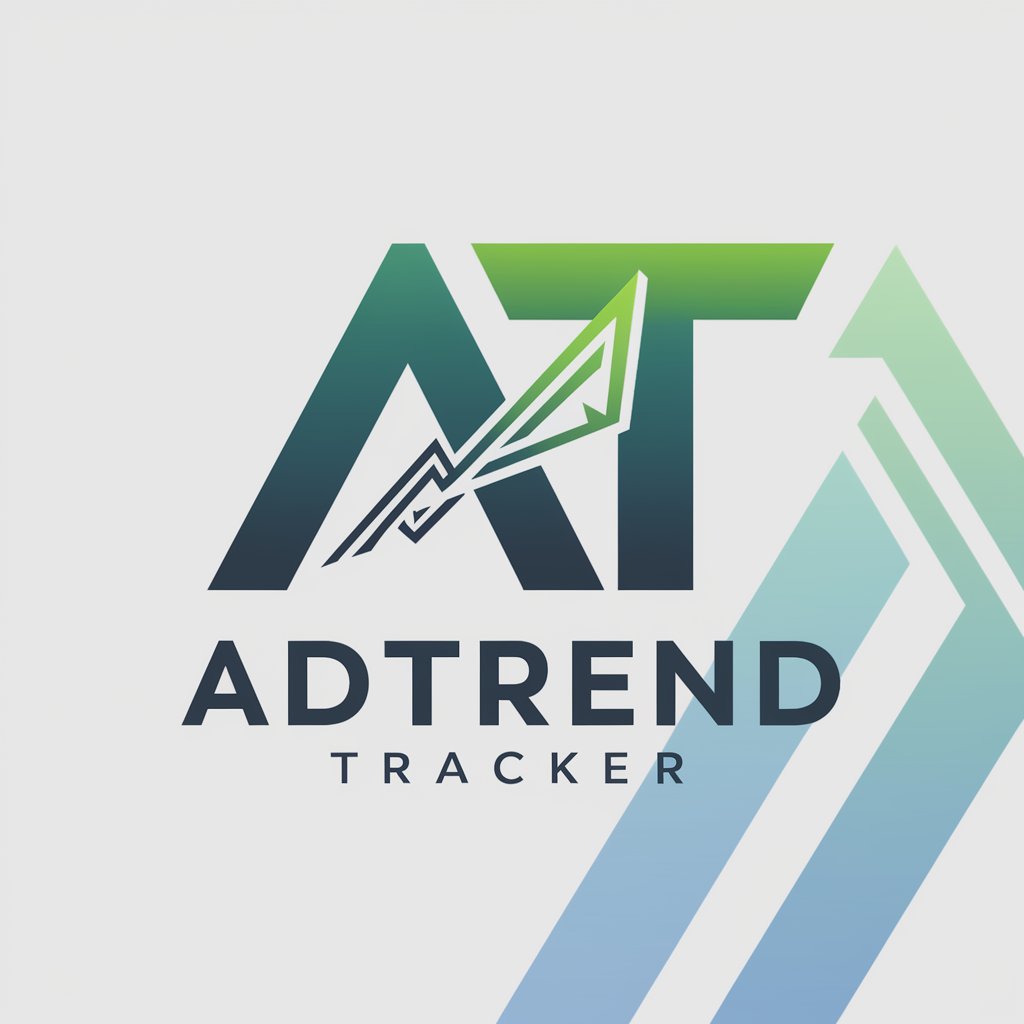
🔍 SEO Mastermind Strategist 🚀
Empower your SEO with AI-driven insights.

🔄 Efficient Supply Chain Strategist
Optimize Your Supply Chain with AI
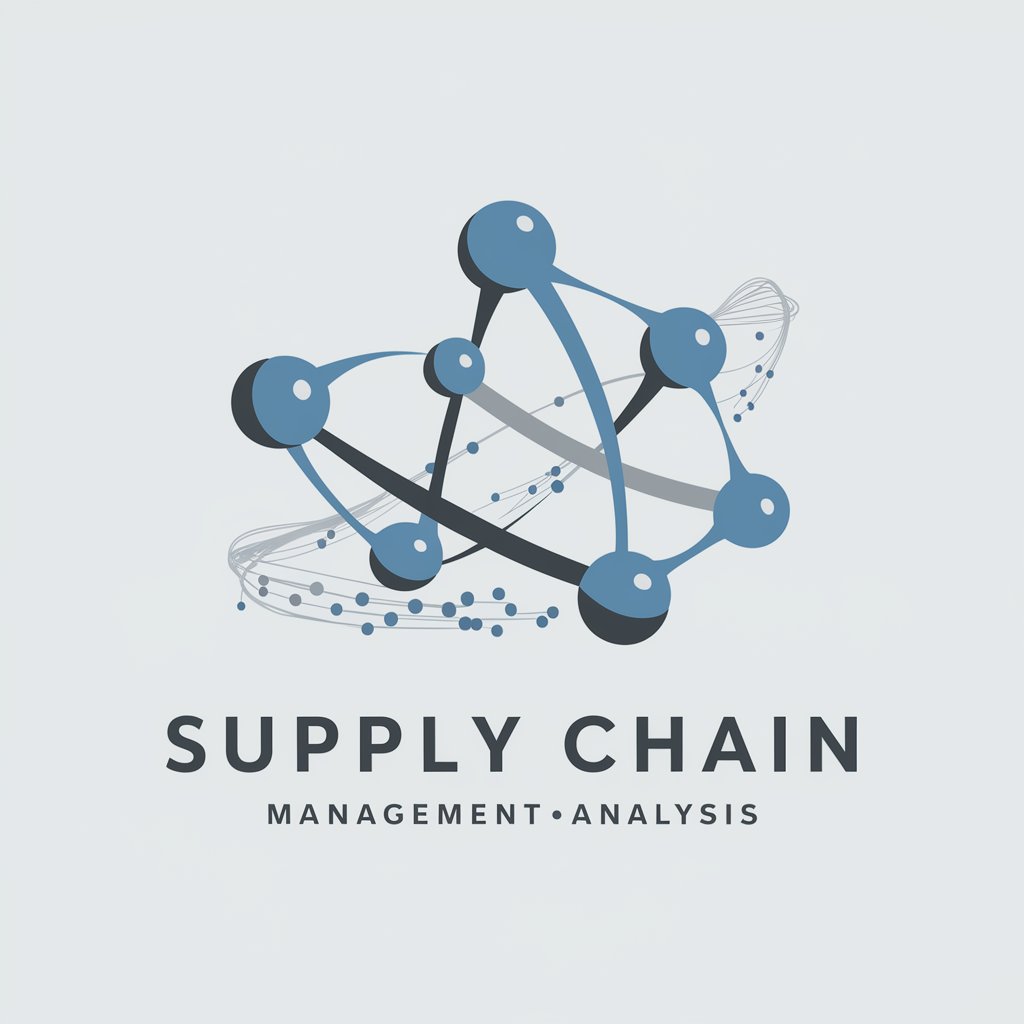
PolicyPro Analysis Engine 📜🔍
Empowering Decision-Making with AI-Powered Policy Analysis
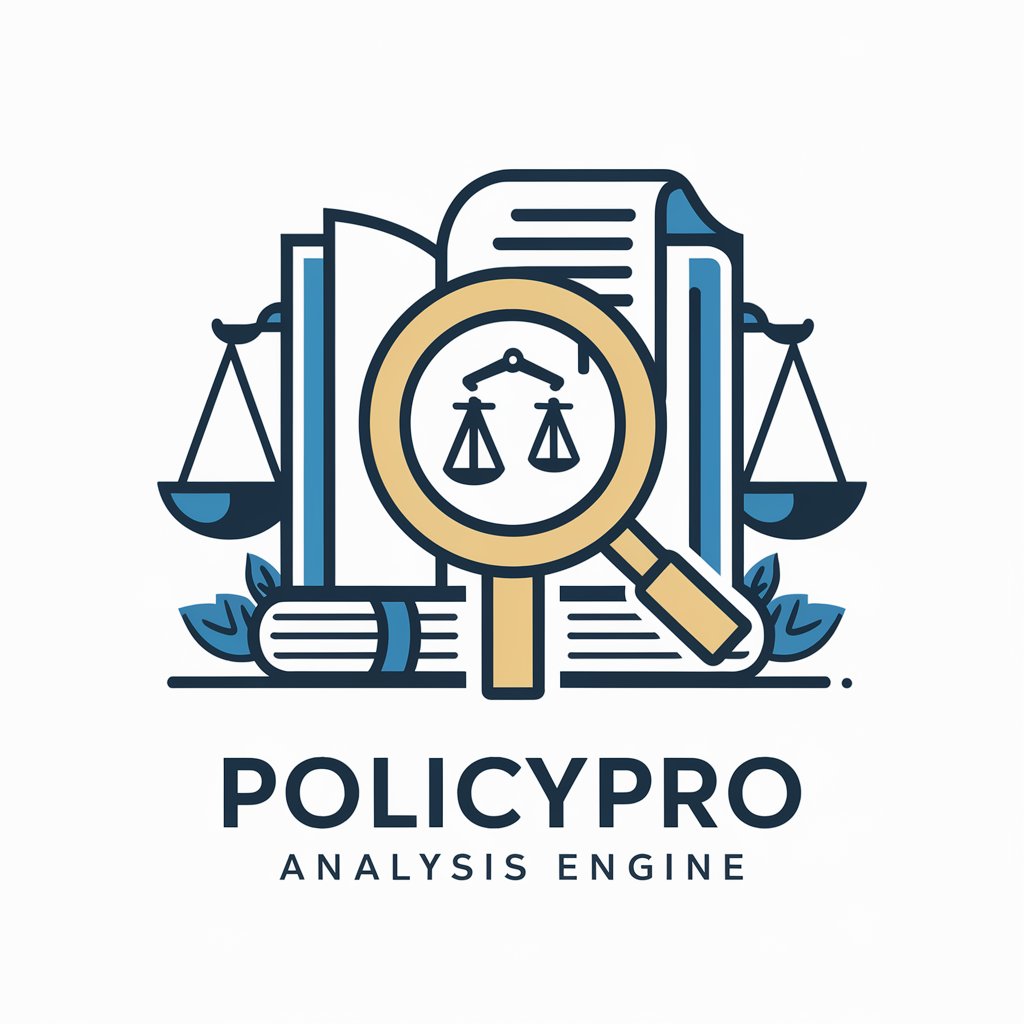
Frequently Asked Questions about Eco-Friendly Reporting Pro
What standards does Eco-Friendly Reporting Pro align with?
This tool aligns with major global sustainability standards such as the Global Reporting Initiative (GRI), Sustainability Accounting Standards Board (SASB), and Task Force on Climate-related Financial Disclosures (TCFD).
Can it help in reducing a company's carbon footprint?
Yes, it analyzes your data and offers suggestions on practices that can effectively reduce your company’s carbon footprint.
Is it suitable for all industries?
Absolutely, it's versatile and can be tailored to a wide range of industries, providing relevant sustainability insights and compliance guidance.
Does it update with changing regulations?
Yes, it stays current with environmental laws and regulations, ensuring your company remains compliant.
How does it assist in stakeholder communication?
It helps in clearly communicating your sustainability efforts to stakeholders by creating comprehensive, easy-to-understand reports.
